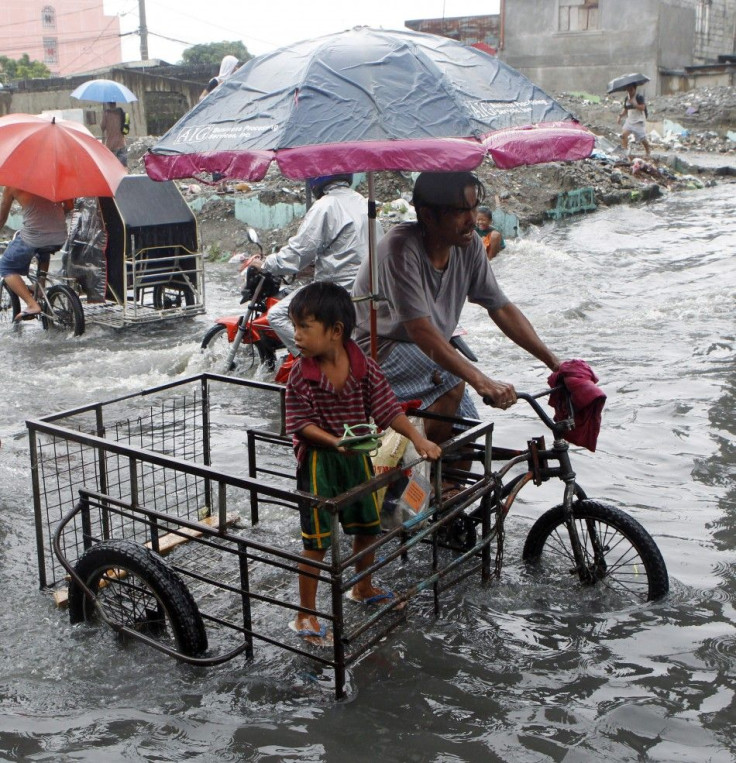Tropical Storm Displaces Thousands in Philippines

Tropical storm Nok-Ten in the Philippines has caused massive flooding on the northeastern island of Luzon. After three days of severe rains and powerful winds, more than 20 people have been reported dead.
The Philippine weather bureau feared that the storm would intensify and move toward Metropolitan Manila, the Philippine capital region that is home to more than 11 million people. However, the storm shifted course Wednesday, and is now expected to move into the South China Sea later this week.
Nok-Ten appears to be weakening, and will not turn into a typhoon.
Landslides and floods have forced tens of thousands of people from their home, and power has been cut off in many areas. Schools and some businesses were closed on the island, while ferries and other public transportation systems were cancelled. Schools in Manila are preparing to reopen.
Winds reaching speeds of 75 miles per hour tore through the Aurora and Bicol regions of the country, where eight people were buried in landslides. The storm hit a number of other provinces, including Camarine Notre and Albay.
There are also 30 people missing, many of them fishermen caught out a sea when the storm began. Flood waters are just now starting to receded in Bicol.
As of Wednesday, Nok-Ten has affected 130,000 families, according to the National Disaster Risk Reduction and Management Council.
Nok is the name of a bird in Laos, and the tropical storm is the 10th to hit the region this season.
© Copyright IBTimes 2024. All rights reserved.











